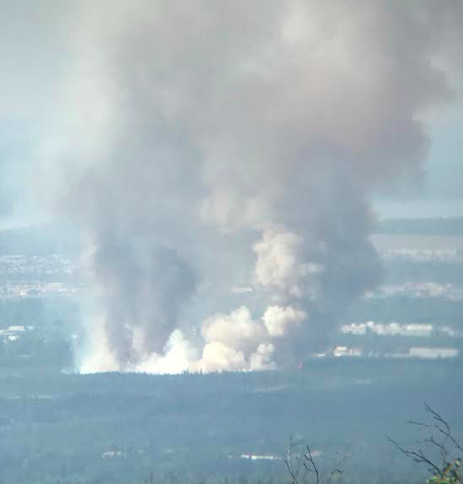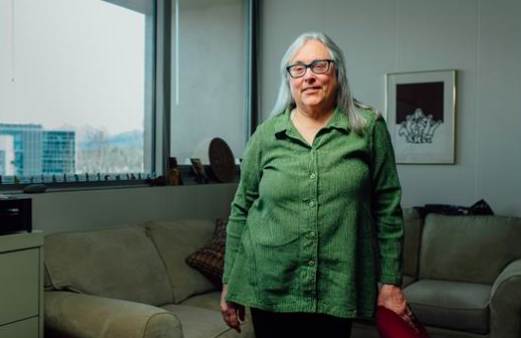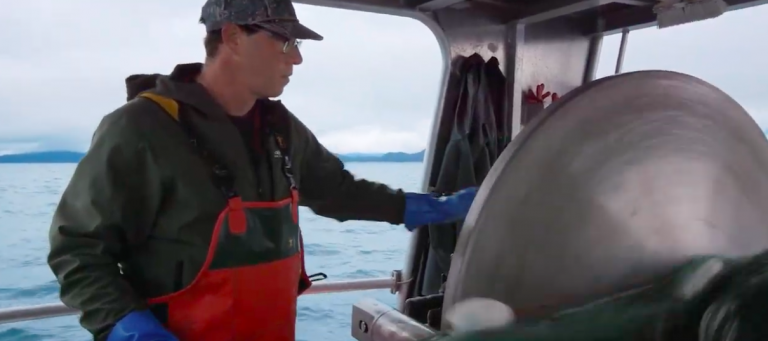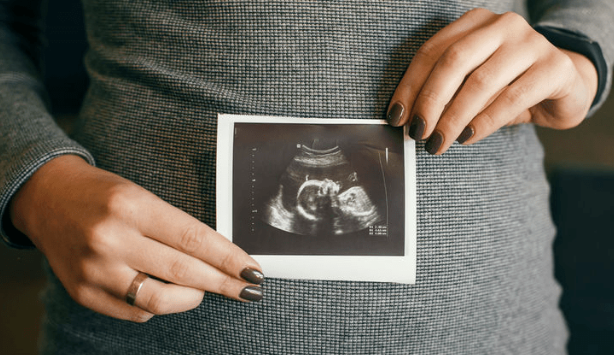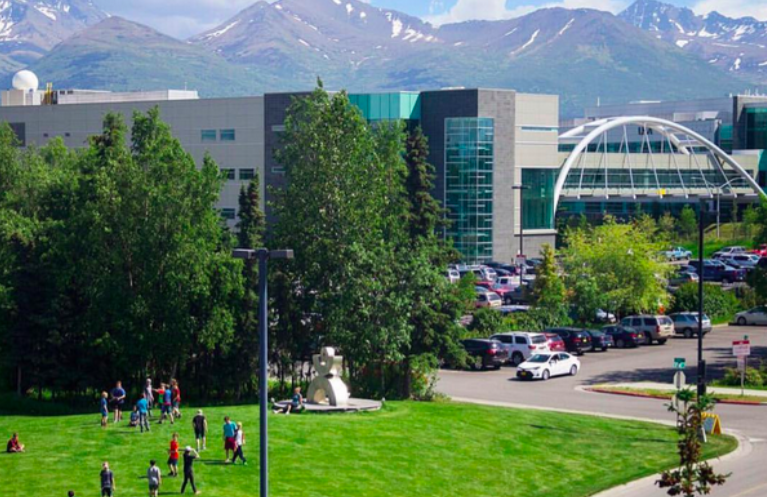The MRAK Almanac is your place for political, cultural, and civic events, events where you’ll meet political leaders or, if you are interested in getting to know your state, these are great places to meet conservative- and moderate-leaning Alaskans.
Alaska Fact Book:
As Alaskans close the blinds and switch their fans to full blast, we are reminded of a special date in our state’s history: June 27, 1915—104 years ago. On this date, the thermometer read 100 °F in Fort Yukon—this record still stands as the highest recorded temperature in our state’s history. Fort Yukon also held the state record for the coldest recorded temperature at −78 °F until 1971 when the mercury dipped below −80 °F in Prospect Creek. Brrr.
7/3: Regular meeting of the Alaska Oil & Gas Conservation Commission in Anchorage. Agenda not yet accessible, read more here.
7/3: Alaska Correctional Officers Association BBQ and picnic in Fairbanks. Details here.
7/3: The Cordova City Council will hold a public hearing to discuss the sale of the Cordova Hotel to the Cordova Telecommunications Cooperative for $52,000. Read about it here.
7/3: Fairbanks community meeting with interior legislators to discuss Governor Mike Dunleavy’s vetoes from the FY20 state operating budget. Representatives Adam Wool, Bart LeBon, Grier Hopkins, and Steve Thompson will be present. Begins at 5:30 pm at Pioneer Park Civic Center. Details here.
7/3: Eagle River Lion’s Club will host their annual 3rd of July Extravaganza. Yes, the fireworks have been cancelled but there will still be over 30 vendors and plenty of fun entertainment including a C-17 flyover. Read more here.
7/3: Seward Port & Commerce Advisory Board meeting at noon in council chambers. Read more here.
7/4: 92nd Mount Marathon Race in Seward—the “toughest 5K on the planet”. There will be festivities and a festival in Seward on Wednesday leading up to the race. If air quality is poor, the junior race will be cancelled. Update: Mount Marathon race organizers are allowing runners to skip this year’s race due to smoke from the Swan Lake Fire. Racers who drop will not have their 2020 eligibility harmed. A developing situation. More information here.
7/3-7/4: Historic Skagway Independence Day Celebration. Join the Skagway community for live music, a cornhole tournament, a street parade, and dozens of fun vendors to celebrate the holiday. There will even be a pie eating contest. See the full schedule of events here.
7/3-7/4: Sitka “Old Time 4th of July” festivities. Events include a fireworks display (maybe), a parade, and a street fair put on by the Sitka Historical Society. Read the full lineup here.
7/4: Downtown live music in Fairbanks. Begins at 7pm in the Golden Heart Plaza downtown.
7/4: Annual 4th of July Parade in Ester. Begins at noon, but you’ll want to arrive early to get a good spot on the side of the road. Keep your eyes out for some of the most eccentric float displays you’ll find this week.
7/4: Anchorage July 4th Celebration. Events will run from 8 am (pancake breakfast) through the evening. Don’t miss the Veterans Parade at 11 am. Details here.
7/4: July 4th Celebration at Pioneer Park in Fairbanks. Set to begin at 1 pm with an official patriotic ceremony, local elected officials will likely be present. A children’s parade and games will follow, so it’s a fun time for the whole family.
7/4: Annual Savikko Park 4th of July celebration in Juneau, presented by Sofie’s Sweet Treats. Read more here.
7/4: Juneau 4th of July Parade, beginning and ending at the Department of Labor parking lot (W 8th and Egan). Start time is 11 am sharp. Read more about it here.
7/4: North Pole 4th of July Parade and Festival. Over 5,000 residents are expected to attend. The downtown parade begins at 11 am, followed by a street fair at North Pole High School. Visit the Facebook link here.
7/4: Wasilla 4th of July Celebrations. The downtown parade will begin at 11 am, followed by the Mayor’s Picnic at Iditapark. Read more here.
7/4: Healy 100th Birthday & July 4th Celebration. There will be a parade, a BBQ, and old-fashioned games and vendors. Festivities begin at 11 am at Otto Lake Park. Further details here.
7/4: Kenai 4th of July Celebration and festivities. The lineup includes a parade and a street festival following, as well as a Hometown Heroes display. Read more here.
7/5: Interior Alaska GOP weekly luncheon at Denny’s in Fairbanks. The guest of honor will be Congressman Don Young. All are welcome to attend, lunch begins at 11:30 am.
On your radar: Per Governor Mike Dunleavy’s order, the Alaska Legislature is set to convene in Wasilla for the second Special Session of the summer. If all goes as planned (and there are no truant lawmakers), they will gavel in at 1 pm.
Alaska History Archive:
July 3, 1913: 106 years ago—Alaska’s first ever airplane flight took place in Fairbanks. Two wealthy Fairbanksans (Arthur Williams and R.S. McDonald) hired aviator James V. Martin to visit town and demonstrate the new technology in celebration of the 4th of July. Residents prepared by clearing a strip of land in the southern part of town and watched as Martin assembled his biplane and took to the skies. Most residents hadn’t yet seen powered flight, and they were surely amazed as Martin cruised at 45 mph, reaching altitudes of over 200 feet. A picture still survives from that fateful day:

July 3, 2009: 10 years ago—Governor Sarah Palin announced that she would not seek reelection in the 2010 gubernatorial race, also adding that she would officially resign as the 9th Governor of Alaska. The former vice-presidential candidate cited several reasons for her departure, namely ongoing ethics complaints against her and her inability to focus on her legislative agenda while handling several expensive legal battles. She officially resigned on July 26, 2009, with Lt. Governor Sean Parnell succeeding her.

